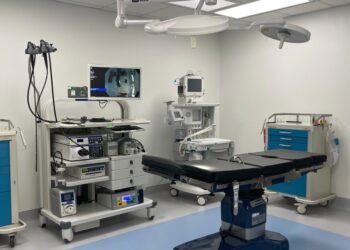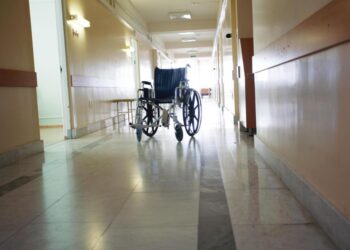People who take longer midday naps are at a higher risk for obesity and high blood pressure, according to Boston researchers who found that “not all siestas are the same.”
The Brigham and Women’s Hospital scientists looked at more than 3,000 adults from a Mediterranean population, examining the relationship of midday naps with obesity and other conditions tied to heart disease and diabetes.
The researchers found that those who took siestas of 30 minutes or longer (considered long siestas) were more likely to have a higher body mass index, elevated blood pressure, and a cluster of other conditions associated with heart disease and diabetes (metabolic syndrome) — compared with those who didn’t take long siestas.
However, those who took short siestas, also known as “power naps,” did not see an increased risk for obesity and other conditions. In contrast, short siesta-takers were less likely to have elevated systolic blood pressure than those who took no siestas, according to the Brigham researchers.
“Not all siestas are the same,” said senior author Marta Garaulet, a visiting professor in the Division of Sleep and Circadian Disorders at the Brigham. “The length of time, position of sleep, and other specific factors can affect the health outcomes of a nap.
“A previous study that we conducted in a large study population in the UK had found that siestas were associated with an increased risk of obesity,” Garaulet said. “We wanted to determine whether this would hold true in a country where siestas are more culturally embedded, in this case Spain, as well as how the length of time for siestas is related to metabolic health.”
The researchers examined data from 3,275 adults in a Mediterranean population, specifically people from the Spanish region of Murcia.
The scientists found that long siesta-takers had a higher body mass index and were more likely to have metabolic syndrome than those who did not take siestas. Also, compared with the…
Read the full article here







